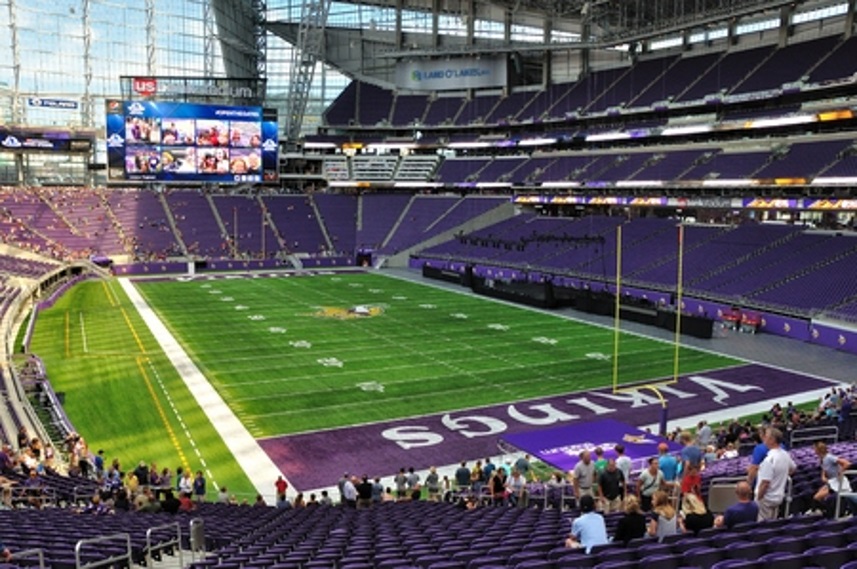If you are playing in a daily fantasy football tournament with a large guaranteed prize pool (GPP), the strategy that you employ will need to be very different than what you would use in a 50/50 league. In the latter, you want a safe and consistent roster, looking for players that will deliver even on a below average day. In a larger GPP, you want to take greater risks. Obviously, there is a strong need for baseline players as relying solely on moonshots is going to backfire on you. Finding the right balance here is a difficult task, one that deserves some great detail.
Wide Receiver
The wide receiver is the most important component of your team. On average, these are the players that have the highest point totals in most daily fantasy sports leagues, and focusing the bulk of your salary on a top ranked WR tends to be the best way to go.
The key takeaway from this is that wide receivers are the most important part of your roster. It’s okay to buy an expensive wide out if there will be a return on your salary dollars in terms of fantasy points produced. And since this will be the first position that you draft, you can afford not just one star, but two. Draft two stars, and then go from there.
Most leagues will allow you to draft either two or three WRs. If you are in a three WR league, you should still draft two stars, but you obviously won’t be able to spend as much of your salary on a third WR. Our advice is to draft your two stars first, fill up the rest of your roster, and then see how much potential you can find in this position with what you have left over. One easy strategy for this third WR is to look for a player on a team that is outmatched. Because the opposing team will have a lead, the QB on your potential pick’s team will need to throw more, and that WR will be likely to see more than their average number of passes. We will go into this in more detail in the Quarterback section below.
Quarterback
Top ranked quarterbacks on top ranked teams don’t always turn in great fantasy football performances because if they find themselves up big in the second half, they have a tendency to hand the ball off more than throw it. That’s a fine strategy for them within the game as it saves wear and tear on their arm and it moves the ball consistently down the field, helping their team to maintain the lead that was established earlier. But it doesn’t help you to rack up more fantasy points. That’s why it can be smart to draft a QB from a team that will likely be behind early in the game. These QBs will find themselves needing to throw more, and that will lead to a higher than average fantasy point total for them. This is a good place to pick up cheaper QBs for your roster. Look for matchups where the QB is outclassed by the offense of the opposing team, yet the opposing defense is weaker than average. Couple those factors with a cheap QB, and you have a value QB at your disposal.
Running Back
Most leagues allow you to draft two RBs. One should be a great player, the other should be a cheap back, but one with a lot of upside. The first RB pretty much speaks for himself. You can spend money on him, but only if that’s justified by his stats. The second RB is where it gets a bit trickier. Maybe he’s a player who showed potential last season but never had a good chance, or maybe he’s a second stringer stepping up because another player is injured. You need to look at team dynamics and identify situations where a player is put in an unusual situation and has a decent chance of thriving. You want to spend as little as possible here, but don’t be afraid to spend a bit more than you’d like if the money is available in your salary.


